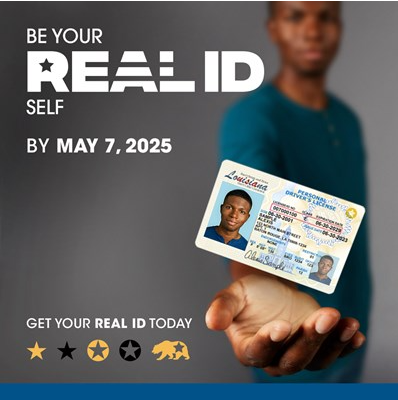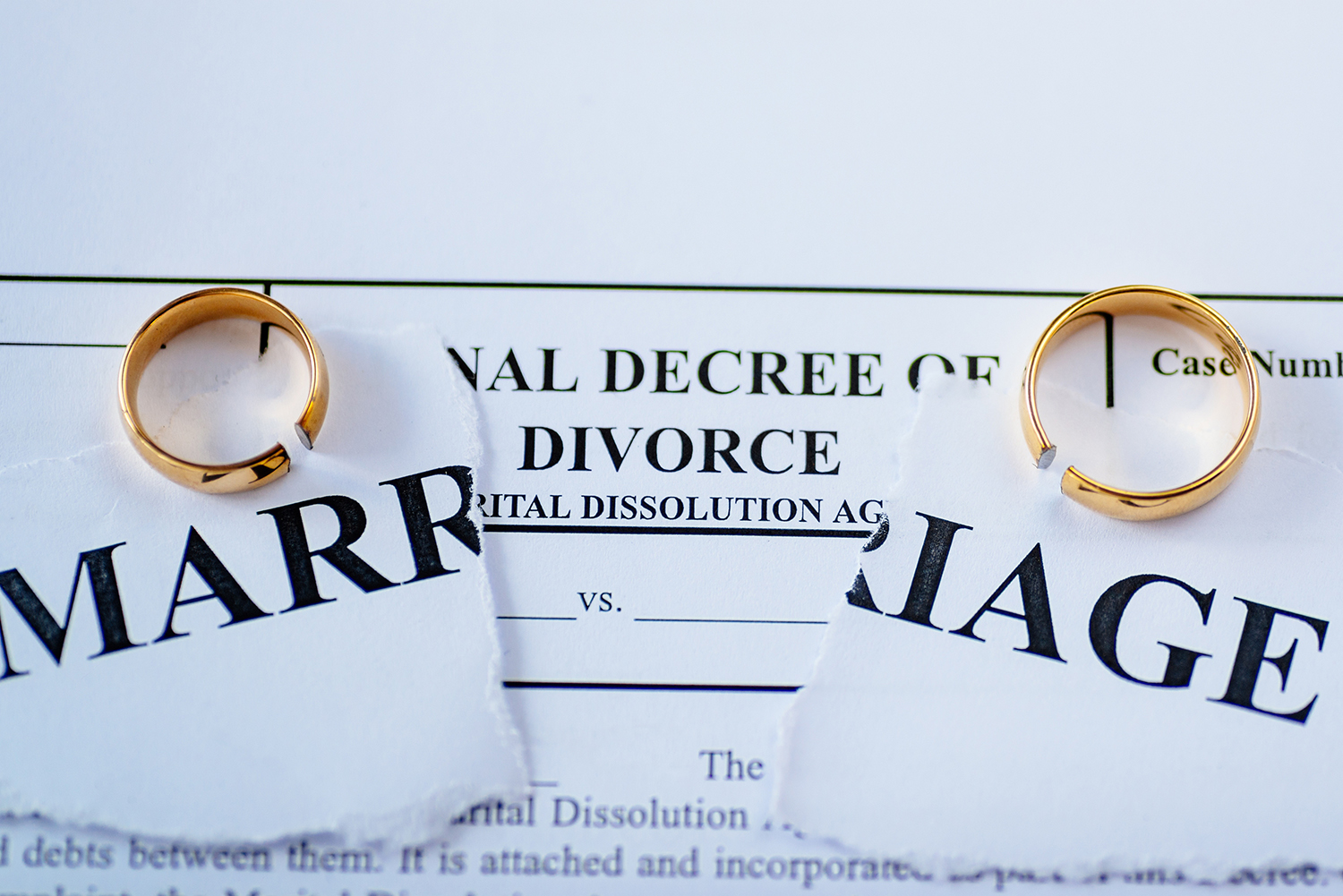Congratulations, you’re married! The confetti has settled, the thank you notes are (almost) all sent, and you’re basking in that newlywed glow. But amidst the happiness, a little administrative task might be looming: changing your name. While the idea of sharing a surname with your beloved is romantic, the reality of actually making it happen can feel… well, less so. At HitchSwitch, we get it. You’re excited about this new chapter, not endless paperwork. That’s why we’re here to shed some light on the realities of changing your name, including the important step of obtaining a REAL ID, and how we can help you glide through the process with ease.…
-
-
The REAL ID deadline is coming up real soon! REAL ID has allowed the federal government to regulate security standards for issuing identification at the state level. The deadline for people in all 50 states to comply with these standards will take effect next year. As the 2025 deadline for REAL ID compliance approaches, it is essential to understand the significance of this legislation and its implications for travelers. In this comprehensive guide, we will delve into the fundamentals of REAL ID, why it matters, the changes happening in 2025, what travelers need to know, and how to ensure compliance before the deadline. Understanding REAL ID and Why It Matters…
-
How To Change Your Name After Divorce? | 2025 Checklist and Guide Why does a name matter so much? Why does a name carry such weight? It’s not just a string of letters; it’s a testament to who we are, a marker of our journey, and an essential part of our story. Changing your name after a divorce signifies a fresh chapter, a renewed beginning. Our guide is tailor-made to provide you with expert insights and a foolproof checklist, covering everything from securing your divorce decree to updating all your accounts. With HitchSwitch by your side, you’ll tackle how to change your name after divorce. Remember, these steps are general,…
-
If you have not yet heard from your local news channel or read about it somewhere on social media, you now officially have one year to obtain a Real ID from your home state. If this is your first time hearing of Real ID and you have no idea what we’re talking about, don’t panic. To put it as plainly as possible, a Real ID is your driver’s license or identification card with one little tweak: a star in the top right. It’s the federal government’s way of verifying that you are you. Before we dive into what Real ID is and how it works, let’s brush up on our…



